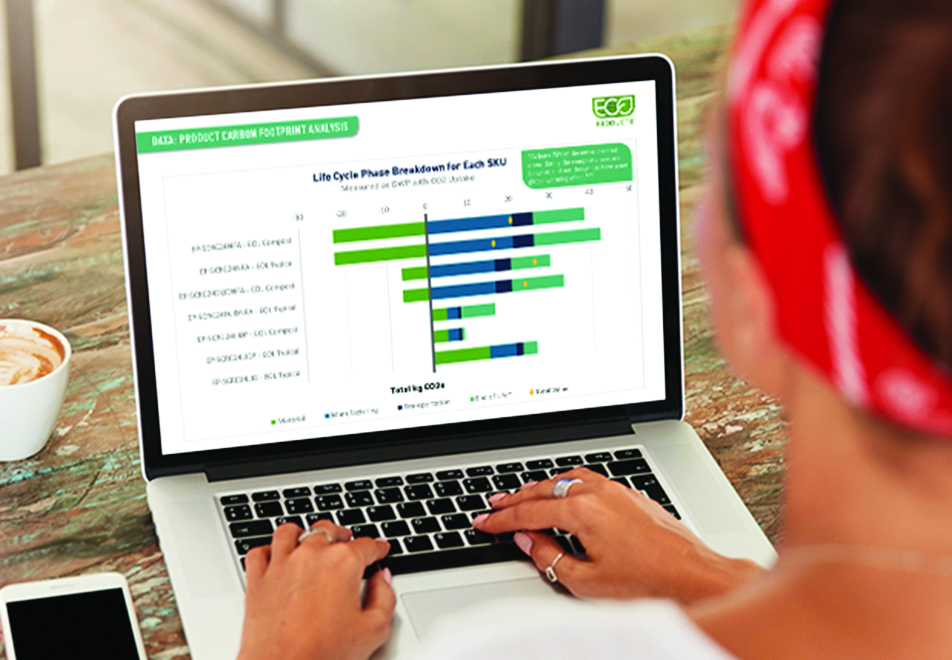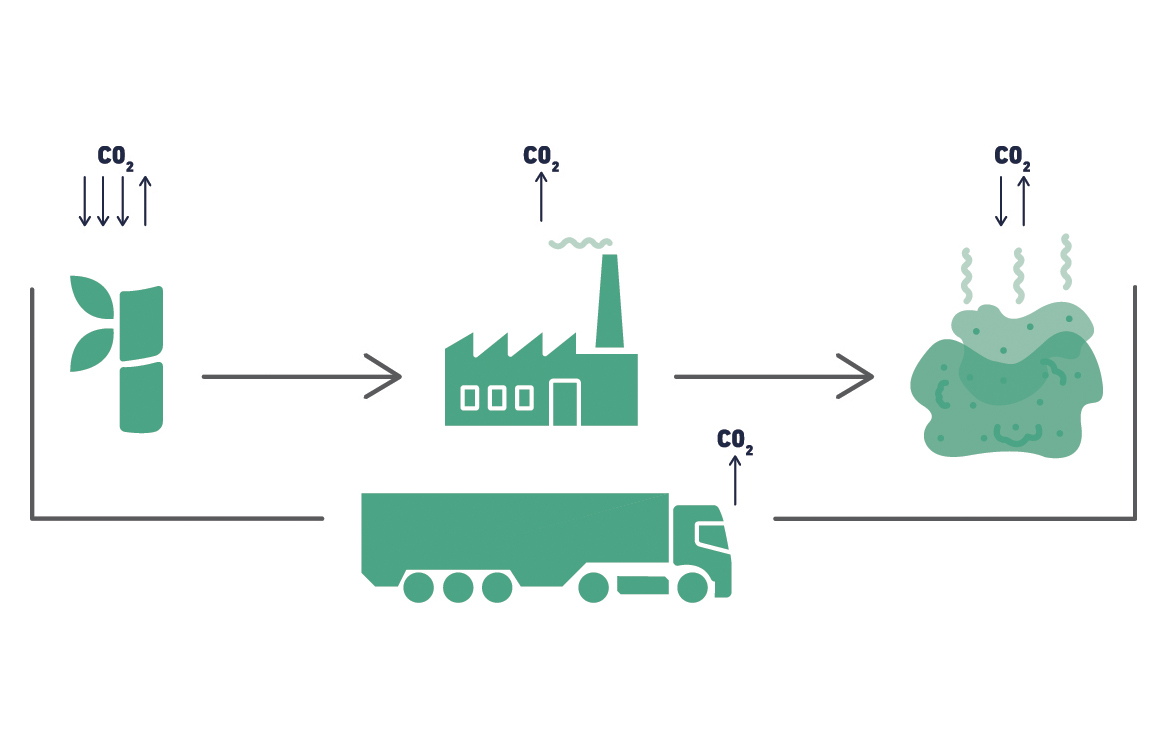Intro to Product Carbon Footprint Analysis
Jun 16th 2025
In today’s environmentally conscious world, understanding the carbon footprint of products and services is more crucial than ever.

What is a Product Carbon Footprint?
A Product Carbon Footprint (PCF) measures the carbon impacts of a product. The greenhouse gas (GHG) emissions associated with different stages of a product’s life cycle are measured and expressed in carbon dioxide equivalents (CO2e) units, allowing all GHGs to be compared on a standard scale.
Product Carbon Footprint vs. Life Cycle Analysis: What’s the Difference?
At first glance a Product Carbon Footprint (PCF) and a Life Cycle Analysis (LCA) might seem like the same thing because they both look at the environmental impacts of a product across its lifecycle, but there’s a key difference in scope.
A PCF is focused on climate impact by measuring the total amount of greenhouse gas (GHG) emissions associated with a product.
An LCA examines multiple environmental impacts, not just carbon emissions. It considers life cycle indicators such as water use, fossil fuel use, land use, land transformation, eutrophication potential, acidification potential, and global warming potential.
A PCF can be thought of as a subset of a full LCA.

What is GWP with Carbon Uptake, and Why is it Different from GWP?
Global Warming Potential (GWP) is a measurement that provides the carbon dioxide equivalent (CO2e) emissions impact of a product throughout its life cycle. It can be measured with carbon uptake or without carbon uptake.
GWP with Carbon Uptake calculates carbon sequestration and biogenic carbon emissions in addition to anthropogenic emissions, while GWP without Carbon Uptake only calculates anthropogenic emissions. For products made with renewable resources, GWP with Carbon Uptake and GWP will likely provide different CO2e values.
Anthropogenic emissions are those resulting from or produced by human activities, such as the combustion of fossil fuels.1
Biogenic carbon refers to carbon in biological sources (plants, trees, or soil) that was initially removed from the atmosphere by photosynthesis, and under natural conditions, would eventually cycle back as CO2 due to the degradation process of the carbon cycle.2
Carbon sequestration is the capturing, removing, and storing of carbon dioxide (CO2) from the Earth’s atmosphere.
What Should I know about PCF and LCA Data?
- PCF and LCA data are valuable tools needed to address environmental concerns and combat climate change, but they should not be the only tools used to make decisions about the ecological impacts of products.
- The efficacy of PCFs is highly dependent on the quality of data used to generate the PCF result, along with the boundary of the measurement.
- Using GWP and GWP with CO2 Uptake values to understand the carbon impacts of products is helpful, but it does not tell the whole story of the environmental effects of a product, especially the benefits of composting or the differences between biogenic and anthropogenic emissions.
- There are substantial gaps in PCF data for products made with renewable resources that are designed to be composted.
- PCF data is constantly evolving, particularly for new materials and product categories.
To learn more about PCF data and how Eco-Products provides product information visit our PCF page.
References:
1 https://www.ipcc.ch/sr15/chapter/glossary/#:~:text=Anthropogenic%20emissions

